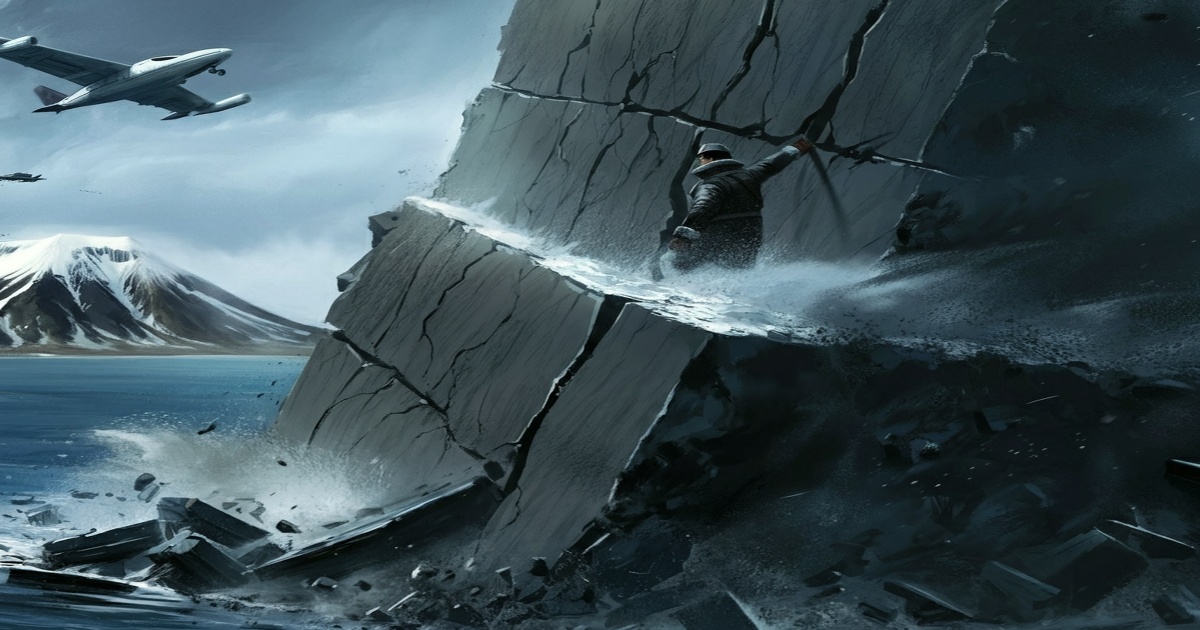A television in Yokohama, near Tokyo, displayed a tsunami warning on July 30. This followed alerts issued by Japan after a strong earthquake occurred off the Kamchatka Peninsula.
Japan's meteorological agency issued a tsunami alert for the nation's Pacific coast. This was an upgrade from an earlier advisory related to the powerful magnitude 8.0 earthquake that struck Wednesday morning near Russia's Kamchatka Peninsula. The agency warned of a possible tsunami of up to 3 meters across Japan's Pacific coast. The first waves were expected to reach the northern Japanese coasts within half an hour of the alert.
A tsunami warning was also extended to the U.S. state of Hawaii. The National Weather Service’s Pacific Tsunami Warning Center reported that a tsunami generated by the quake could cause damage along the coastlines of all the Hawaiian islands. The warning urged urgent action to protect lives and property, with the first waves anticipated around 7 p.m. local time.
The Japanese meteorological agency reported that the earthquake occurred at 8:25 a.m. (2325 GMT Tuesday) and had a preliminary magnitude of 8.0. The quake was approximately 250 kilometers (160 miles) from Hokkaido, Japan's northernmost major island, and was only slightly felt, according to Japan’s NHK television. The U.S. Geological Survey indicated the quake's depth was 19.3 kilometers (12 miles). Initial reports from the USGC suggested the quake's strength was 8.7 magnitude.
Russia's Tass news agency reported from Petropavlovsk-Kamchatsky, the nearest major city, that many people evacuated their homes without shoes or outerwear. Inside homes, cabinets toppled, mirrors shattered, cars swayed, and balconies shook noticeably. Tass also reported power outages and mobile phone service failures in the Kamchatka region's capital.
The National Tsunami Warning Center, located in Alaska, issued a tsunami warning for parts of the Alaska Aleutian Islands. A watch was also issued for portions of the West Coast, including California, Oregon, Washington, and Hawaii. The advisory included a significant portion of Alaska’s coastline, including parts of the panhandle.
The Japanese government established a taskforce for information gathering and response in case of any emergency. A University of Tokyo seismologist, Shinichi Sakai, told NHK that a distant earthquake could cause a tsunami affecting Japan if its epicenter was shallow. Japan, situated within the Pacific Ring of Fire, is one of the world's most earthquake-prone countries.
Earlier in July, five powerful earthquakes, the largest with a magnitude of 7.4, struck in the sea near Kamchatka. The largest quake occurred at a depth of 20 kilometers and was 144 kilometers (89 miles) east of Petropavlovsk-Kamchatsky, a city with a population of 180,000.
On November 4, 1952, a magnitude 9.0 earthquake in Kamchatka caused damage, but no deaths were reported, despite generating 9.1-meter (30-foot) waves in Hawaii.







8 Comments
Comandante
Kudos to Japan’s meteorological agency for their vigilance. Being prepared makes all the difference!
Bella Ciao
Seriously, how effective are these warnings if they’re issued every other week? People become desensitized.
Muchacha
How can we trust their warning systems when there are inconsistencies in reported magnitudes?
Africa
It’s amazing how quickly Japan reacts to seismic activity. Their responsiveness is top-notch!
Bermudez
The historical context of tsunamis reminds us why alerts are essential—better safe than sorry!
dedus mopedus
The cost of emergency preparedness is too high for these small tremors. Let’s be realistic!
ytkonos
Is there a chance that these repeated warnings are just fearmongering to keep people anxious?
lettlelenok
I appreciate the proactive approach—the government is doing its best to protect residents from potential disasters.